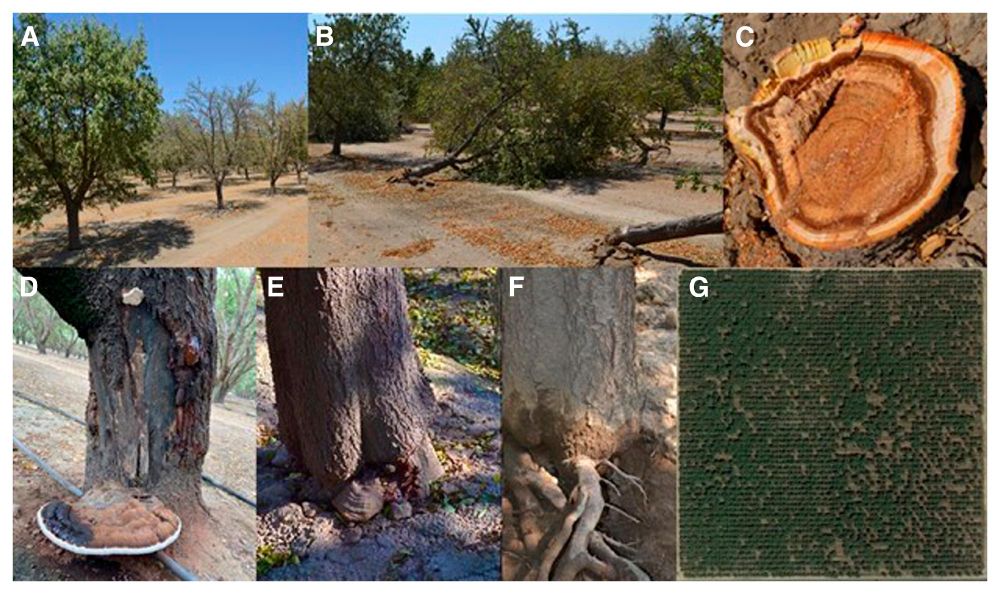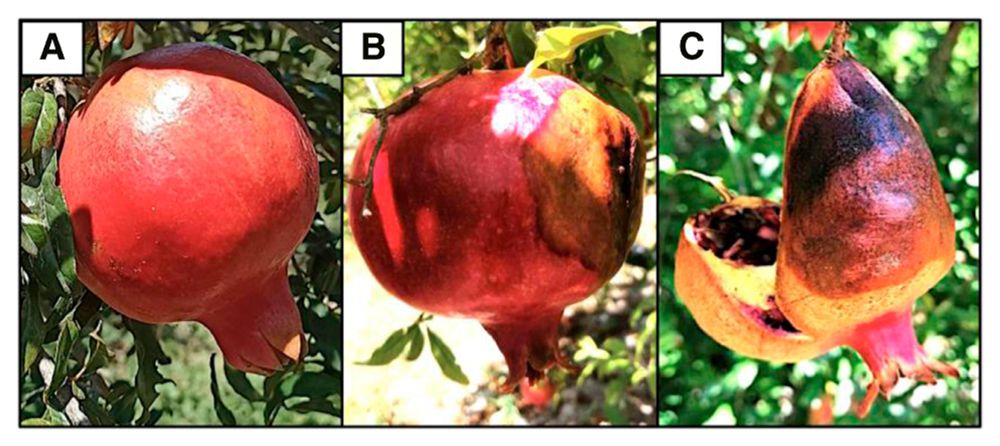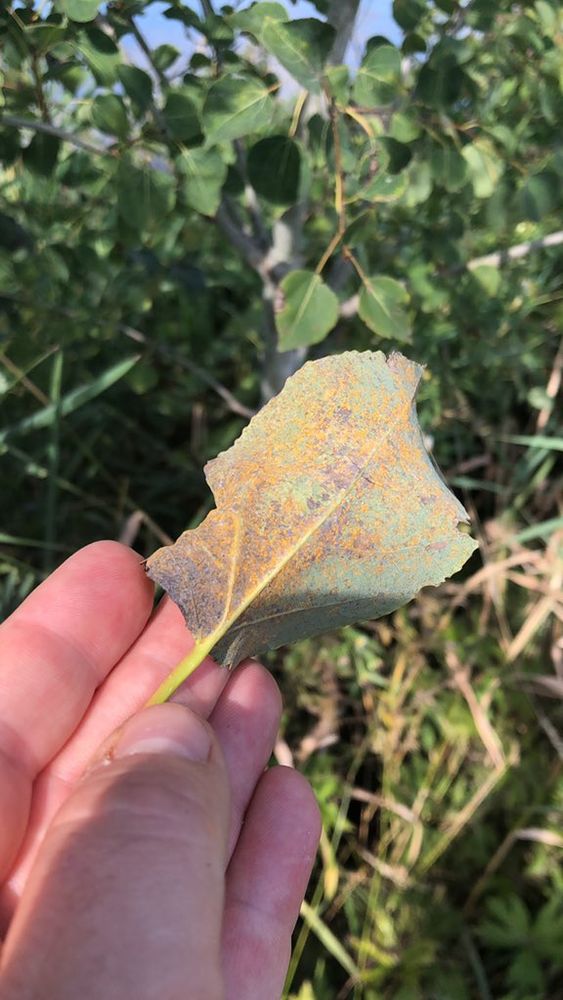
Plant Disease
@plantdiseasej.bsky.social
170 followers
2 following
29 posts
The leading international journal for rapid reporting of research on new, emerging, and established plant diseases. Published by The American Phytopathological Society.
Posts
Media
Videos
Starter Packs
Reposted by Plant Disease
Reposted by Plant Disease
Chloé Delmas
@chloedelmas.bsky.social
· Jul 17

Identification of ecoclimatic indicators of esca disease through 20 years of large-scale vineyard monitoring in France | Plant Disease
Plant disease incidence depends on host and pathogen phenology, and the abiotic environment. Plant health and productivity are, therefore, strongly influenced by global environmental changes, particul...
apsjournals.apsnet.org
Reposted by Plant Disease























